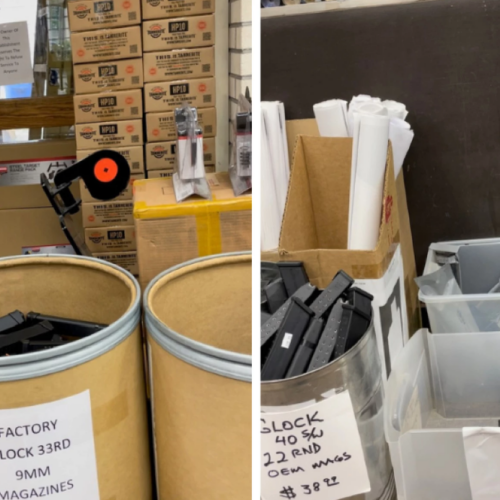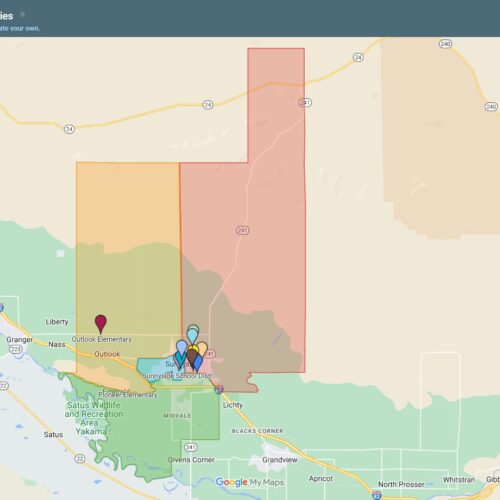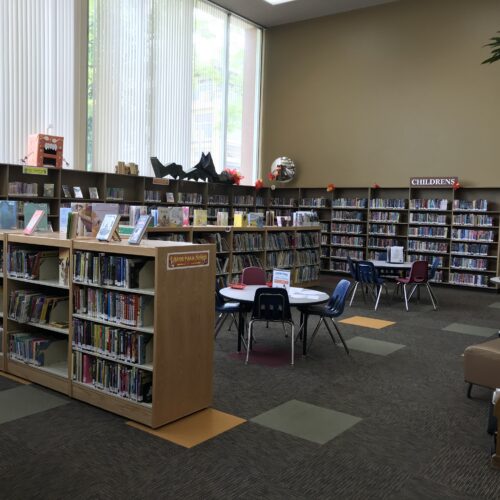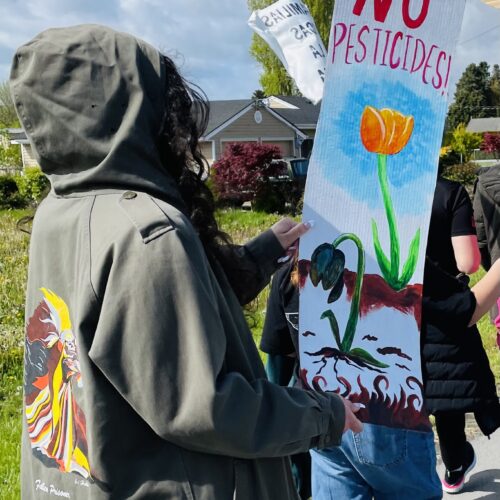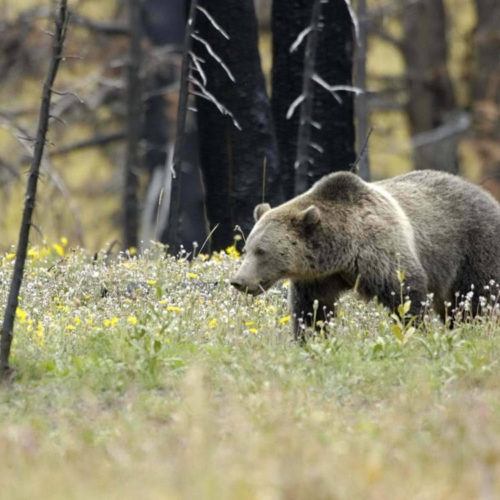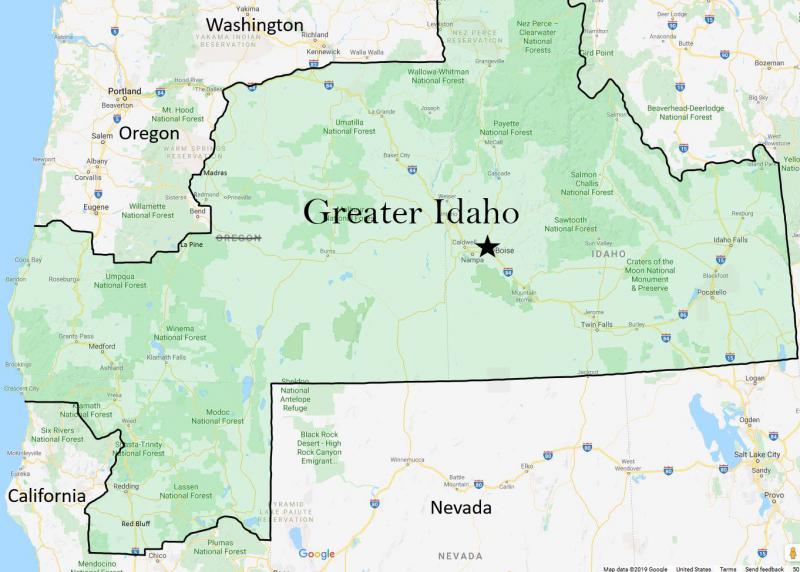
Welcome To … Greater Idaho? Oregonians Could Be Asked To Join Proposal For Shifting State Lines
Listen
BY APRIL EHRLICH / JPR
A group of rural Oregonians are pursuing local ballot initiatives to have most counties outside the Willamette Valley join the state of Idaho.
The “Greater Idaho Movement” is the latest separatist initiative to have some regions leave Oregon. If successful, the movement would rope in some parts of Northern California as well.
Volunteer petitioner Mike McCarter of La Pine says this plan differs from partition proposals, like the state of Jefferson or Cascadia, in that it’s asking individual counties if they want to join an already existing state.
“And it’s not to build Idaho greater,” McCarter says. “It’s to take the rural conservative part of Oregon and put it under a governance that is more conservative than what’s coming out of Salem right now.”
McCarter and other volunteers are reaching out to 18 counties in southern and eastern Oregon. Some already have November ballot initiatives in the works, including Josephine, Umatilla and Douglas counties.
If the group successfully gets these ballot measures approved by county elections officials, they can start collecting signatures. They’ll need signatures from 6 percent of voters in each county. Alternatively, a county’s commissioners could vote to put a measure on the ballot without first collecting signatures.
Still, there remains the question of whether Idaho lawmakers want to add these counties to their governance, and if Oregon lawmakers will let them. Both states’ legislatures and the U.S. Congress would need to approve a border change.
Nonetheless, the Greater Idaho Movement speaks to dissatisfaction among some conservative voters in rural Oregon who feel underrepresented in the state legislature. Democrats have maintained control of the State Assembly and governorship for more than a decade. About 62 percent of Oregon state lawmakers are Democrats, but a smaller percentage of its voters cast their ballots for Democratic presidents in the past. In 2016, 52 percent of Oregonians voted for Hillary Clinton, and 54 percent voted for Barack Obama in 2012.
Meanwhile, about 80 percent of Idaho state lawmakers are Republican, as is Idaho Gov. Brad Little.
“Even though Idaho has got a sales tax, their total tax burden is less than Oregon’s,” McCarter says. “And some of the measures being passed through or trying to be passed through Salem, they wouldn’t have to deal with them.”
Related Stories:
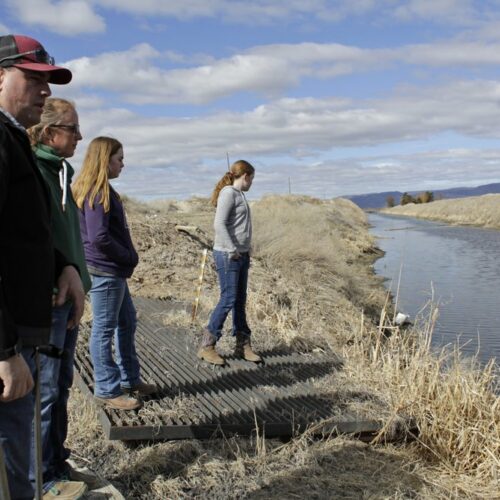
Epic Drought Means Water Crisis For Parts Of The West Coast, Though Much Of Northwest Is OK
Hundreds of farmers who rely on a massive irrigation project that spans the Oregon-California border learned Wednesday they will get a tiny fraction of the water they need amid the worst drought in decades, as federal regulators attempt to balance the needs of agriculture against federally threatened and endangered fish species that are central to the heritage of several tribes. Continue Reading Epic Drought Means Water Crisis For Parts Of The West Coast, Though Much Of Northwest Is OK
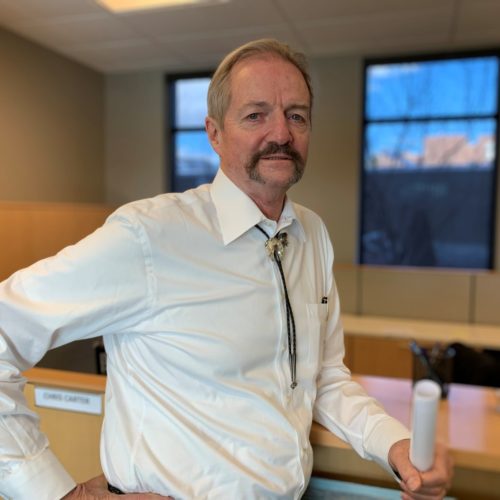
BLM Director Defends Agency’s Controversial Move From D.C. To Western U.S.
The Bureau of Land Management decides who gets to do what on some 250 million acres of public land in the country, or to put it another way roughly one-tenth of all the land in the U.S. Relocating its headquarters to the West, where most of its actual land is, has been floated for years. But now the Trump administration is actually making it happen. Continue Reading BLM Director Defends Agency’s Controversial Move From D.C. To Western U.S.
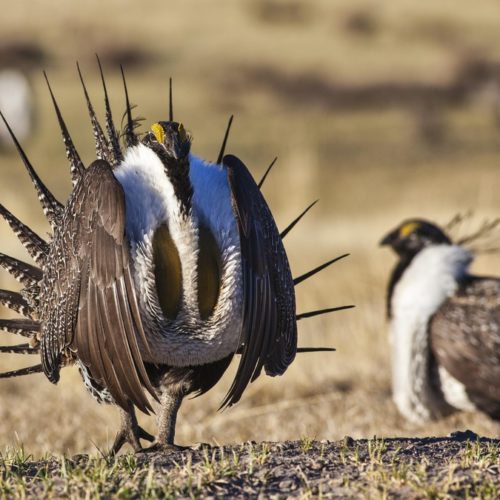
Federal Action Removes Grazing Restrictions Meant To Protect Sage Grouse In Western States
The Trump administration is lifting restrictions meant to protect greater sage grouse across seven western states. In Oregon grazing restrictions are being removed in 13 locations that provide habitat for the imperiled birds. Continue Reading Federal Action Removes Grazing Restrictions Meant To Protect Sage Grouse In Western States


